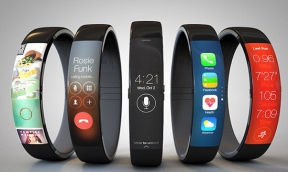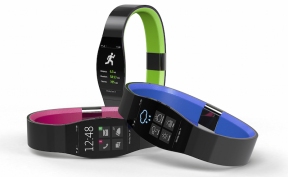

Commercial fitness trackers worn on the wrist are less accurate than a chest strap monitor at measuring heart rate, and may over- or underestimate heart rate depending on activity level, researchers say. In general, wrist monitors are more accurate at rest than during exercise. “If somebody must know his or her heart rate with great accuracy, like a heart patient or a trained athlete, if you really need to know, use a chest strap,” said coauthor Dr. Marc Gillinov of the Cleveland Clinic. “If you’re using these wrist worn monitors and you get an odd value, way too high or too low, it’s probably wrong so don’t be concerned,” Gillinov told Reuters Health by phone. Motion, ambient light and varying skin tones can all affect wrist monitor accuracy, he said. The researchers studied four heart rate monitors worn by 50 young, healthy adults exercising on treadmills. They wore electrocardiographic (ECG) limb leads and a Polar H7 chest strap monitor as comparisons for heart rate data, and also wore two of the four different wrist monitors: Fitbit Charge HR, Apple Watch, Mio Alpha and Basis Peak. Heart rate readings were collected at rest and on the treadmill at two, three, four, five and six miles per hour. Users exercised at each level for three minutes before heart rate was recorded. Recorded heart rates ranged from 49 to 200 beats per minute (bpm). Compared to the ECG, the heart rate monitors had variable accuracy. The Basis Peak, which is no longer commercially available, overestimated heart rate by roughly eight bpm during moderate exercise. The Fitbit Charge HR underestimated during more vigorous exercise, by about six or seven bpm. In general, the further away from the heart a body monitor is located, the more variation there will be in heart rate readings, he said.











